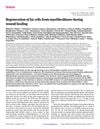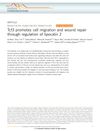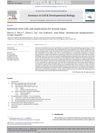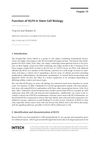Epithelial-To-Mesenchymal Transition in Cutaneous Wound Healing: Where We Are and Where We Are Heading
August 2017
in “
Developmental Dynamics
”
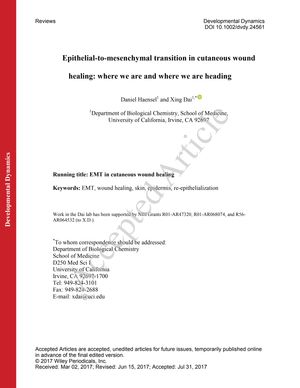
TLDR The document concludes that a better understanding of cell changes during wound healing could improve treatments for chronic wounds and other conditions.
The document from 2017 reviews the role of epithelial-to-mesenchymal transition (EMT) in cutaneous wound healing, particularly during the re-epithelialization phase. It suggests that while there are similarities between EMT in wound healing and other contexts, such as development and cancer, the typical EMT core signature is not prominently activated in migrating wound epidermal cells. The review proposes that the changes observed should be considered a form of epithelial plasticity rather than partial EMT, unless there is evidence of a mesenchymal fate in vivo. It emphasizes the need for further research to understand the heterogeneity and cell state transitions during wound healing, suggesting that single-cell RNA-seq could provide valuable insights. The document also discusses the importance of identifying specific markers and investigating the regulatory mechanisms of epithelial plasticity, including the roles of growth factors and transcription factors. It concludes that a better understanding of these processes could lead to improved treatments for chronic wounds, cancer metastasis, and tissue fibrosis.

